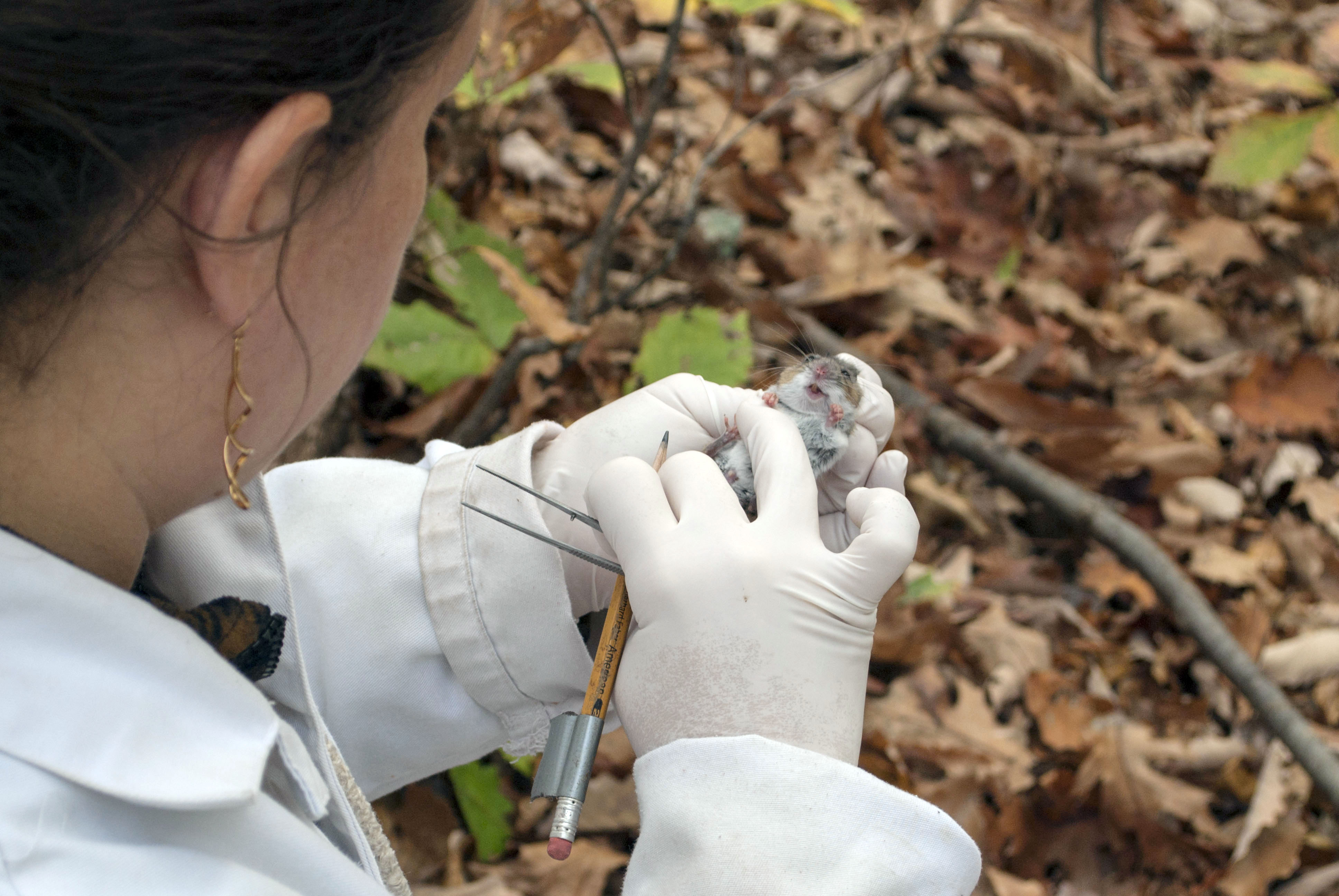 The ticks that carry Lyme disease, black-legged ticks or deer ticks, do not appear to harm their white-footed mice hosts, a paper in press in the journal Ecology says. In fact, the research found, a larger tick load correlated with a longer life in male mice.
The ticks that carry Lyme disease, black-legged ticks or deer ticks, do not appear to harm their white-footed mice hosts, a paper in press in the journal Ecology says. In fact, the research found, a larger tick load correlated with a longer life in male mice.
The mice are a reservoir for Lyme disease, a report on the study in Entomology Today notes. “Deer and other mammals can spread tick populations, [but] they do not carry the disease,” the report says. “Instead, ticks mainly pick up Lyme pathogens from white-footed mice.”
In a press release from the Cary Institute, paper co-author Shannon LaDeau, a disease ecologist at the Cary Institute, says, “From a human health perspective, the indifference that white-footed mice have to black-legged ticks…. signals a positive feedback loop that favors the proliferation of parasites.”
Lots of details in the Cary Institute press release, here.
And in the Entomology Today article, here.
Photo: The study drew on 16 years of white-footed mouse mark-and-recapture data collected at the Cary Institute of Ecosystem Studies in Millbrook, N.Y. Photo credit: Cary Institute of Ecosystem Studies/Sam Cillo.

 “The Idaho Department of Fish and Game will conduct lethal control actions on ravens in three study areas in southern Idaho beginning this spring, and evaluate whether the removal improves sage-grouse populations,”
“The Idaho Department of Fish and Game will conduct lethal control actions on ravens in three study areas in southern Idaho beginning this spring, and evaluate whether the removal improves sage-grouse populations,” 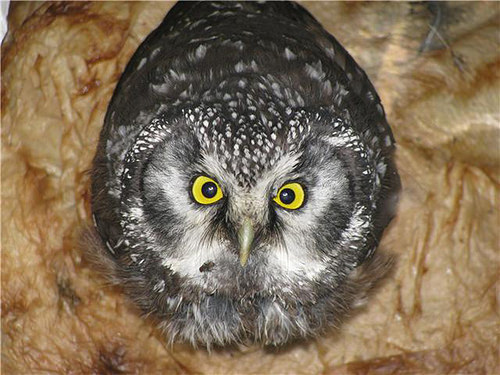 A vault toilet is a more or less a permanent porta-potty, used in places without running water. Many state and federal agencies are fond of them. I’m fairly certain that I’ve used one in a National Forest recently.
A vault toilet is a more or less a permanent porta-potty, used in places without running water. Many state and federal agencies are fond of them. I’m fairly certain that I’ve used one in a National Forest recently.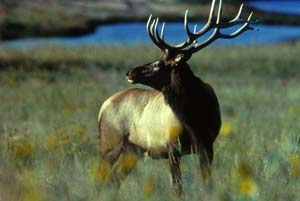 In February, the Nebraska Game and Parks Commission collared 11 elk for a study in north-central Nebraska. There are a few more details in this
In February, the Nebraska Game and Parks Commission collared 11 elk for a study in north-central Nebraska. There are a few more details in this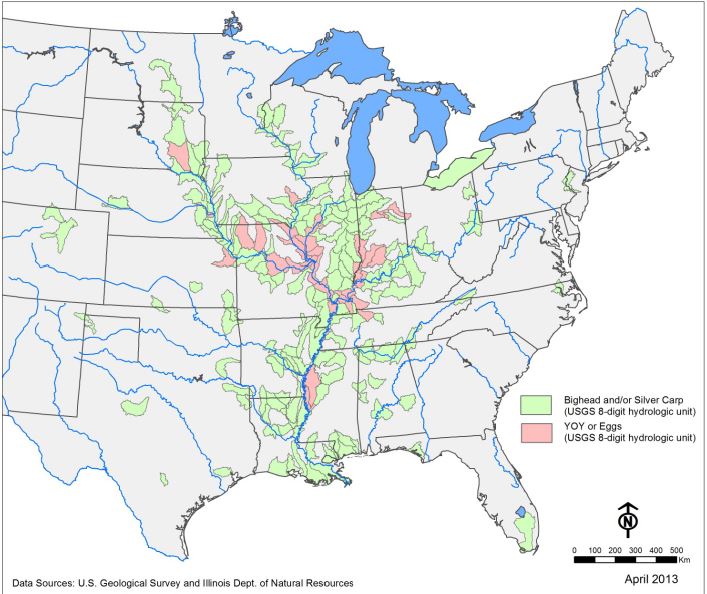 “Asian carp have harmed the ecosystem, the economy, property, and boaters in the Mississippi River system. The diet of Asian carp overlaps with the diet of native fishes in the Mississippi and Illinois Rivers, meaning the carp compete directly with native fish for food,” says
“Asian carp have harmed the ecosystem, the economy, property, and boaters in the Mississippi River system. The diet of Asian carp overlaps with the diet of native fishes in the Mississippi and Illinois Rivers, meaning the carp compete directly with native fish for food,” says What is an Eastern coyote? One theory holds that it is a wolf-coyote hybrid formed when Midwestern coyotes crossed through Canada and mated with Eastern wolves.
What is an Eastern coyote? One theory holds that it is a wolf-coyote hybrid formed when Midwestern coyotes crossed through Canada and mated with Eastern wolves.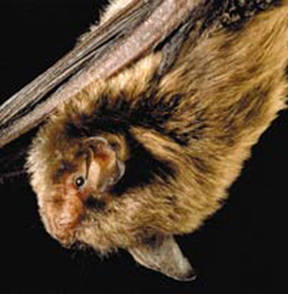 A paper in the recent issue of
A paper in the recent issue of 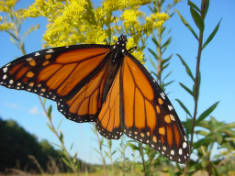 The number of monarch butterflies wintering in Mexico has plummeted in the last two years. Many factors are involved, but widespread use of glyphosate (an herbicide) is one cause that’s under human control.
The number of monarch butterflies wintering in Mexico has plummeted in the last two years. Many factors are involved, but widespread use of glyphosate (an herbicide) is one cause that’s under human control.